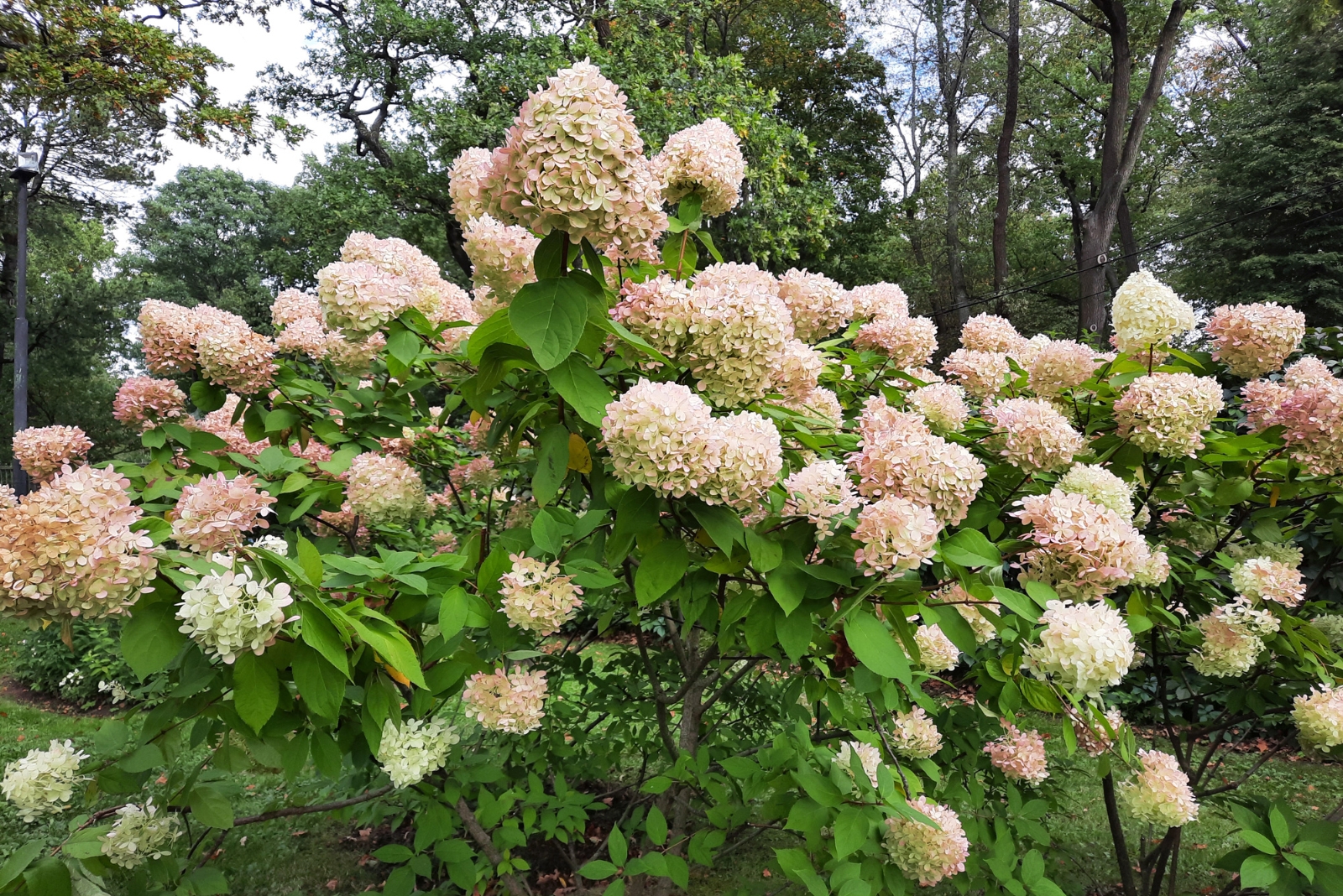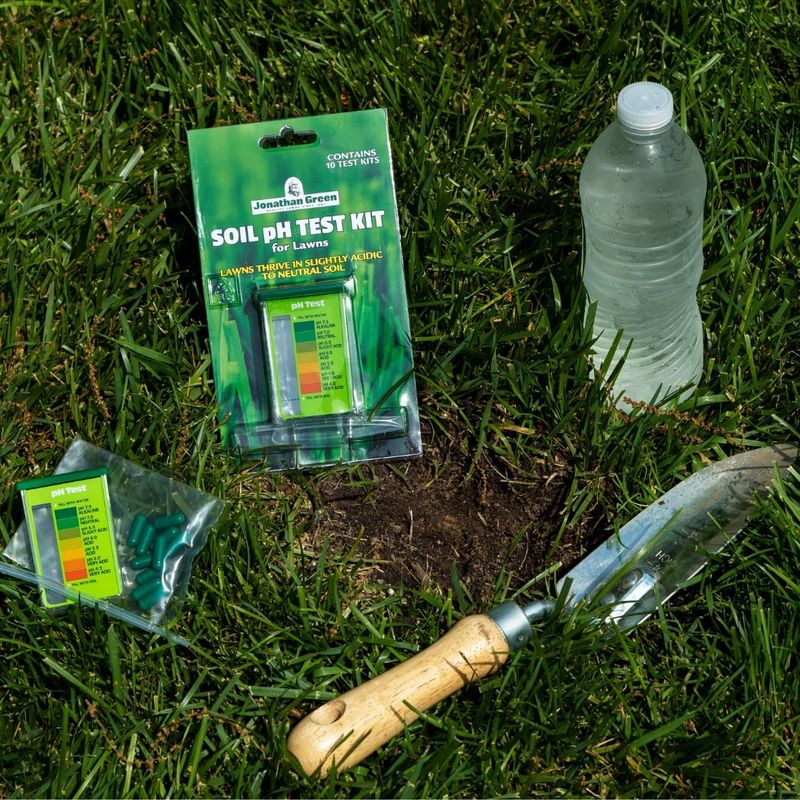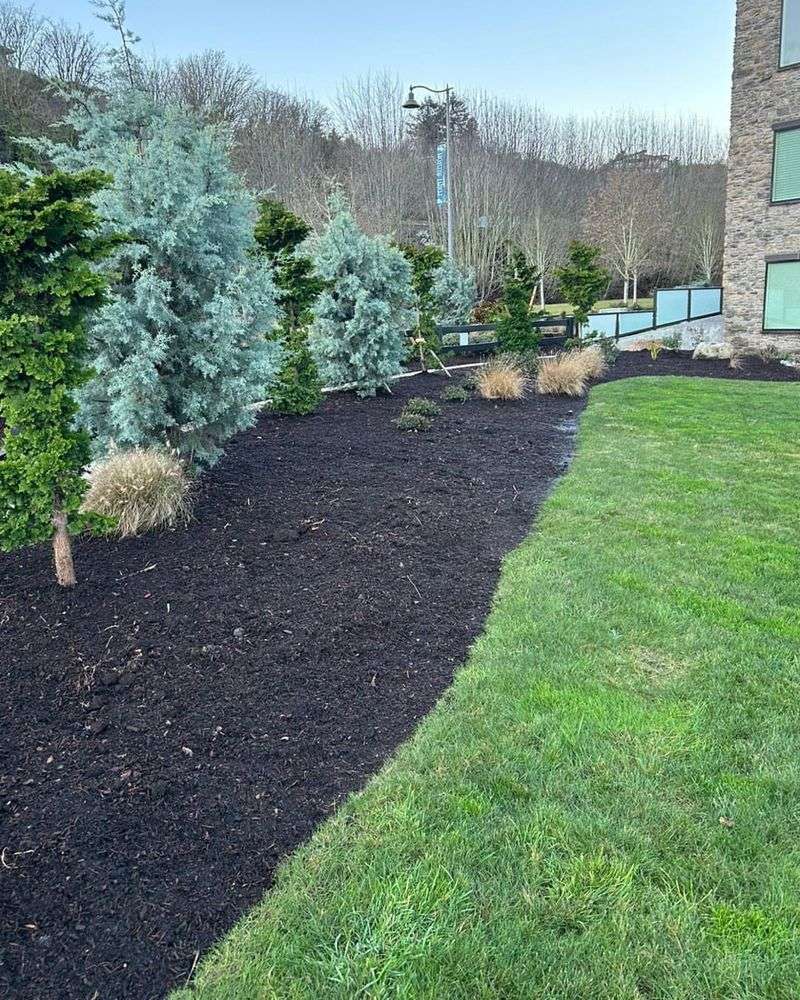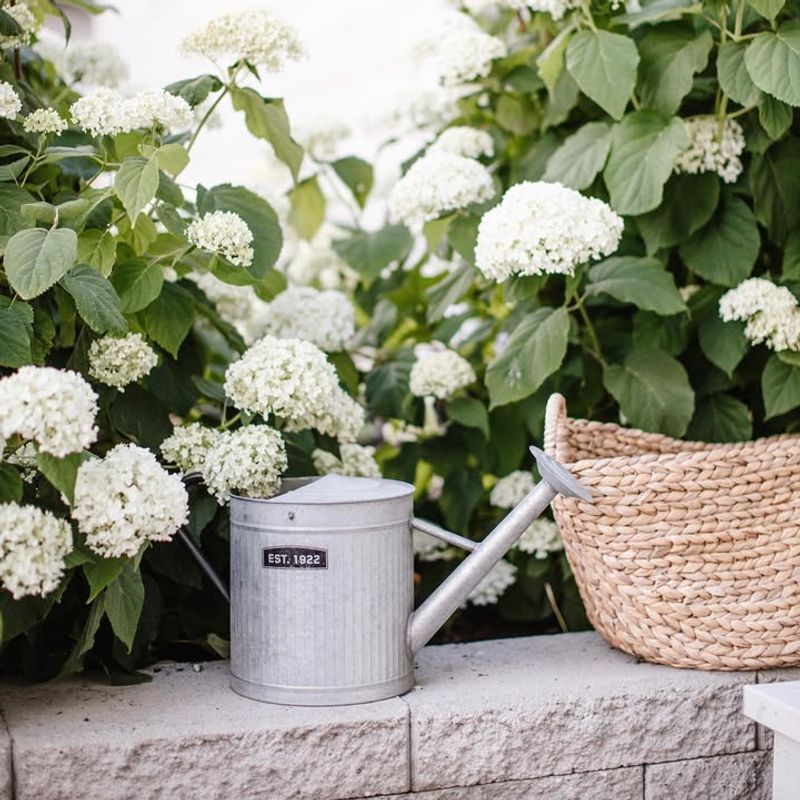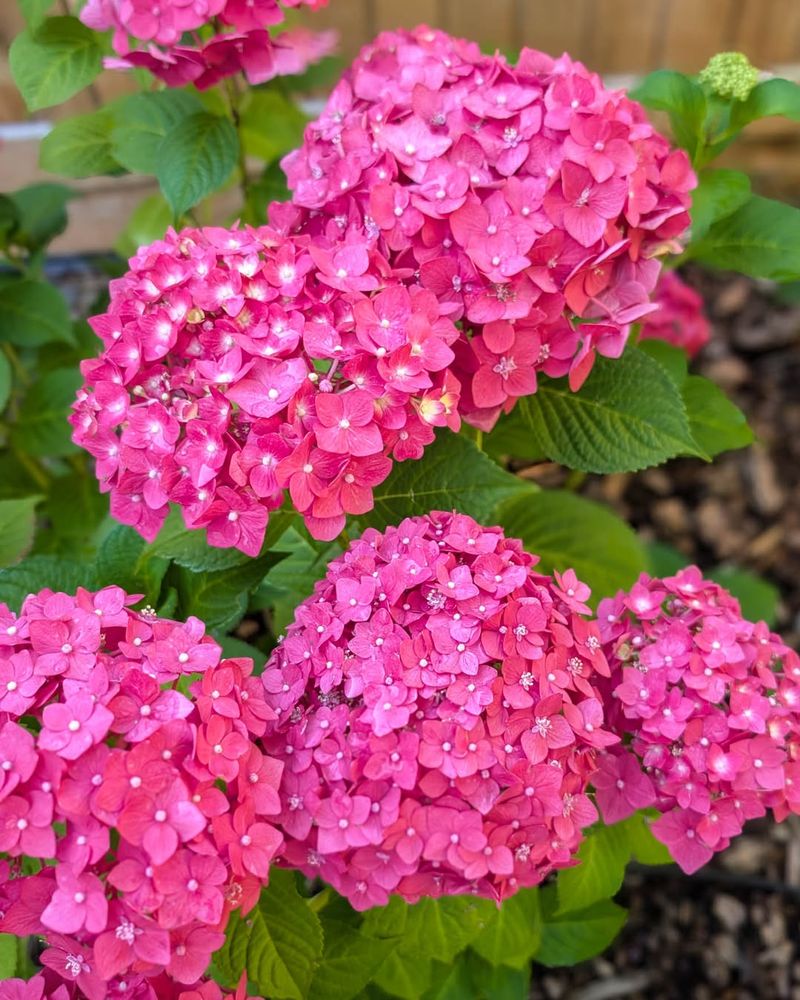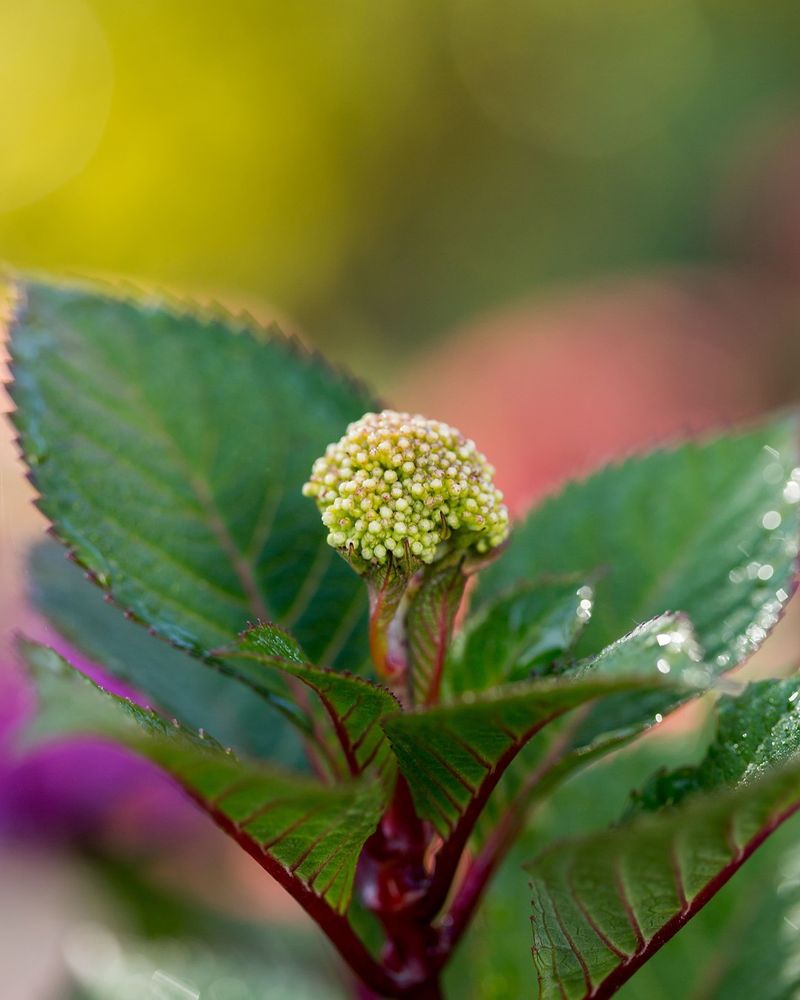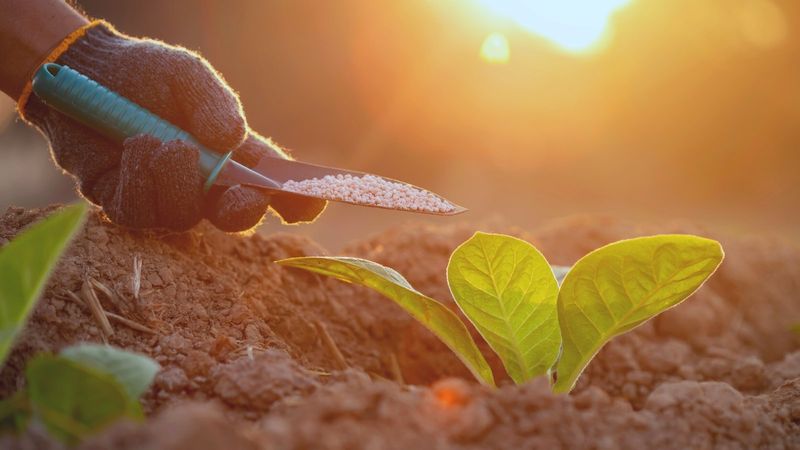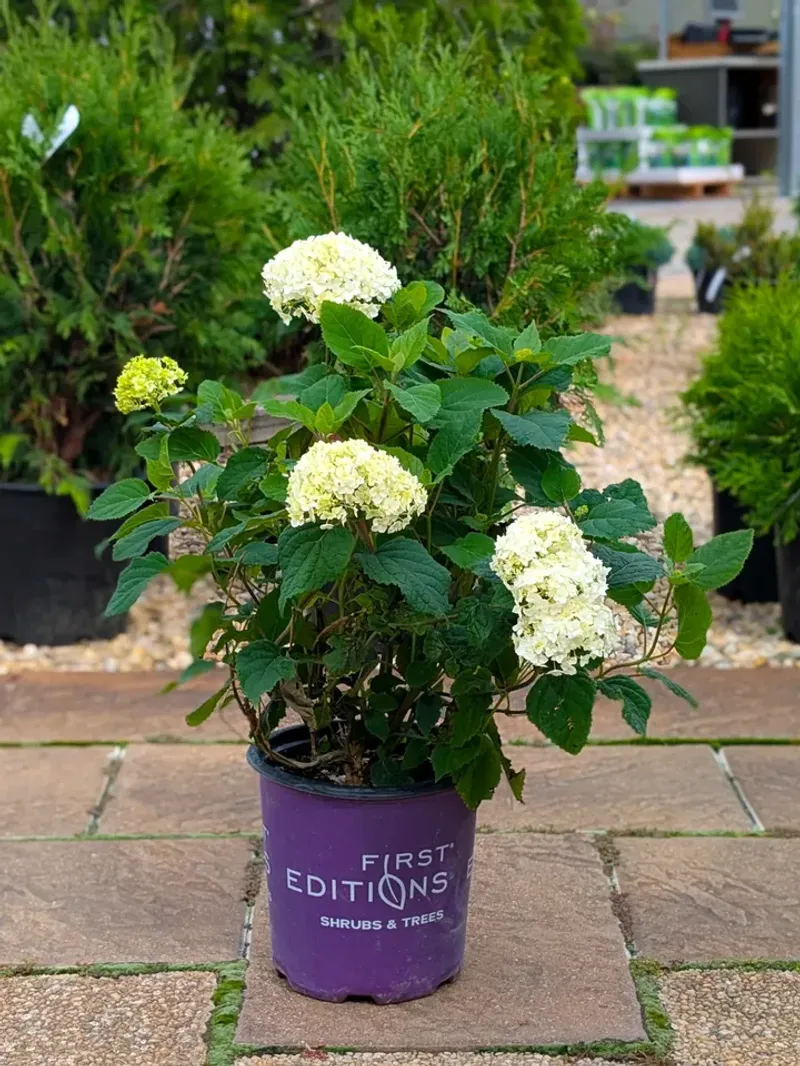Pennsylvania gardeners know that hydrangeas bring stunning color and beauty to any landscape, but these gorgeous shrubs need special attention to thrive in our climate. Without proper preparation and care, your hydrangeas might struggle through harsh winters or fail to produce those spectacular blooms you love.
Taking action now can make all the difference between disappointing plants and a garden that makes your neighbors jealous every summer.
1. Test Your Soil pH Levels Early
Getting your soil tested might sound boring, but it actually unlocks the secret to amazing hydrangea colors. Blue blooms need acidic soil while pink flowers prefer alkaline conditions, so knowing your pH helps you plan ahead.
Pick up a simple testing kit from any garden center for less than ten dollars. Most Pennsylvania soils lean slightly acidic, which works great for blue hydrangeas.
Adjusting pH takes time, so test in early spring to make changes before the growing season starts.
2. Apply Mulch Before Winter Arrives
Winter protection starts with a cozy blanket of mulch around your hydrangea roots. Spread a three to four inch layer of shredded bark, wood chips, or compost in a circle extending beyond the drip line.
Pennsylvania winters can swing from mild to brutally cold, and mulch acts like insulation for the root system. It also keeps moisture locked in and prevents soil from freezing and thawing repeatedly.
Apply mulch after the first frost hits your area for best results.
3. Water Deeply Throughout Fall Months
Many gardeners forget that hydrangeas need consistent watering even when temperatures drop. Deep watering during fall helps plants store moisture for the long winter ahead and prevents root damage from dehydration.
Aim for at least one inch of water per week if rainfall is scarce. Focus on soaking the root zone rather than spraying the leaves and flowers.
Continue this routine until the ground freezes solid, giving your hydrangeas the hydration they desperately need.
4. Prune At The Right Time Only
Timing is everything when it comes to pruning hydrangeas, and cutting at the wrong moment can cost you an entire season of blooms. Different varieties bloom on old wood or new wood, so you need to know which type you have growing in your Pennsylvania garden.
Bigleaf and oakleaf hydrangeas should only be pruned right after flowering ends in summer. Panicle and smooth hydrangeas can handle late winter or early spring cuts.
Research your specific variety before making any cuts.
5. Protect Buds From Freezing Damage
Did you know that a single hard freeze can destroy all the flower buds your hydrangea worked so hard to develop? Pennsylvania weather loves to surprise us with late spring frosts that kill tender buds overnight.
Wrap vulnerable varieties in burlap or use frost blankets when temperatures threaten to drop below freezing. Create a cage with stakes and wrap the material loosely around the entire plant.
Remove coverings once warm weather arrives to prevent overheating and fungal problems.
6. Feed With Balanced Fertilizer Carefully
Overfed hydrangeas produce tons of leaves but very few flowers, which defeats the whole purpose of growing these beauties. Choose a balanced fertilizer with equal nitrogen, phosphorus, and potassium numbers like 10-10-10.
Apply fertilizer in early spring when new growth appears, then again in early summer if needed. Avoid feeding after July because late growth won’t harden off before winter hits.
Always follow package directions closely to prevent burning roots with too much fertilizer at once.
7. Select Cold-Hardy Varieties Wisely
Planting the wrong hydrangea variety in Pennsylvania sets you up for disappointment and frustration year after year. Not all hydrangeas can handle our zone 5 to 7 temperatures, especially during particularly harsh winters.
Panicle hydrangeas like Limelight and smooth hydrangeas like Annabelle prove incredibly reliable for Pennsylvania conditions. Bigleaf varieties need extra protection or selecting cold-hardy cultivars like Endless Summer.
Check hardiness zones before purchasing any new plants for your landscape.

